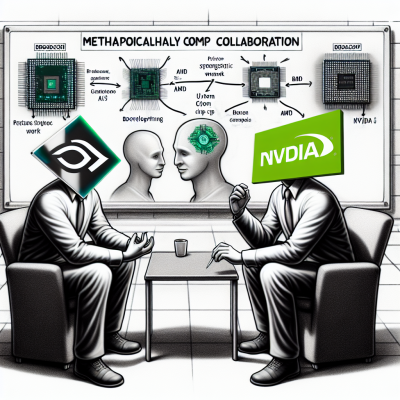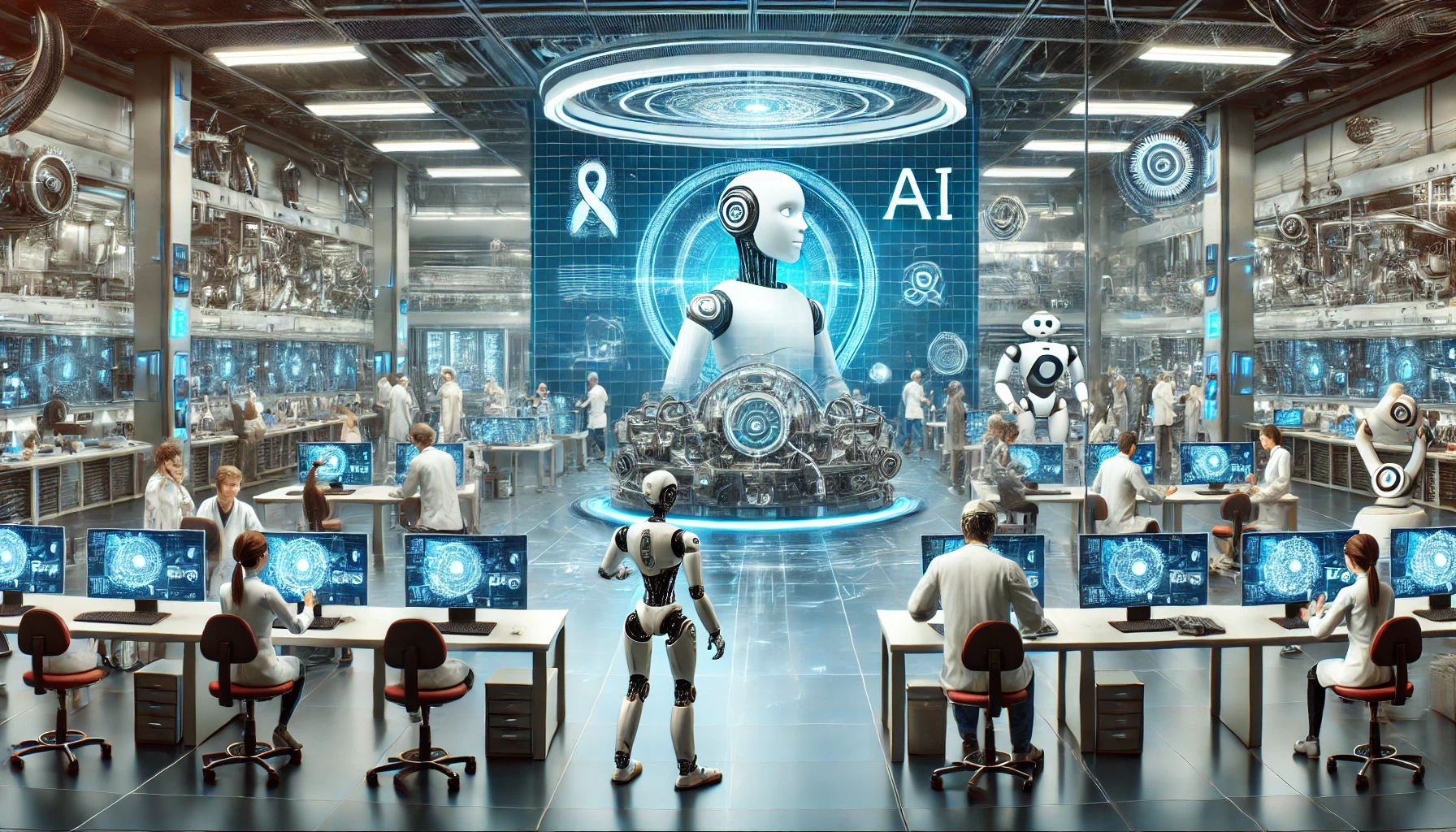
OpenAI Expands Its Hardware Footprint with Broadcom Collaboration
In a bold move to secure greater control over its computing infrastructure, OpenAI has announced a strategic partnership with semiconductor giant Broadcom to develop custom AI accelerators. This development positions OpenAI to handle the massive computational demands of its advanced models while expanding its influence in the AI semiconductor space, traditionally dominated by NVIDIA and AMD.
10-Gigawatt Buildout Aims to Transform AI Compute
Under the partnership, OpenAI and Broadcom will jointly design and develop custom AI chips with a staggering combined capacity of 10 gigawatts. Slated for deployment beginning in 2026, this hardware initiative represents one of the largest non-hyperscaler efforts in the AI chip sector.
The planned infrastructure isn’t just an upgrade—it’s a seismic shift. That much computing power is equivalent to powering millions of high-performance AI workloads simultaneously. For context, one gigawatt could theoretically supply the electricity needs of hundreds of thousands of homes. Expanding this to 10 gigawatts underlines the scale and ambition of OpenAI’s roadmap.
Why Partner with Broadcom?
OpenAI’s choice to collaborate with Broadcom is no accident. Broadcom brings deep expertise in designing custom application-specific integrated circuits (ASICs), which are tailored for high-performance and energy-efficient workloads. By teaming up, the two companies aim to produce chips that are optimized for OpenAI’s unique AI models—from large language models like GPT-4 to future generations with even greater complexity and resource demands.
Broadcom’s advanced semiconductor capabilities offer OpenAI several advantages:
- Tailored design: Chips can be engineered with OpenAI’s workloads in mind, resulting in significant gains in efficiency and speed.
- Supply chain diversification: With existing constraints in GPU availability, especially from NVIDIA, Broadcom provides an alternative route to silicon independence.
- Cost optimization: Custom chips reduce long-term costs associated with cloud compute and off-the-shelf hardware.
Co-existing with NVIDIA and AMD
Interestingly, this partnership doesn’t signal a complete pivot away from existing tech partners. OpenAI will continue working with NVIDIA and AMD, whose GPUs still underpin the majority of its current AI training workloads. This hybrid strategy enables OpenAI to maintain flexibility while developing an in-house solution for future scalability.
It reflects a broader trend among tech firms to strike a balance between vertical integration and vendor diversification. Companies like Google (with its Tensor Processing Units) and Amazon (with Inferentia and Trainium) have already ventured into custom silicon. OpenAI’s partnership with Broadcom signals its intent to follow—and potentially redefine—that playbook.
Implications for the AI Industry
The move comes at a time when the demand for high-performance AI compute is skyrocketing. As large language models, generative agents, and autonomous AI systems evolve, so too does the infrastructure to support them. Custom hardware becomes not just a performance decision but a strategic imperative.
OpenAI’s venture into chip development could lead to:
- Acceleration of AI research: With optimized chips, OpenAI can explore more complex model architectures and train them more efficiently.
- Operational independence: Reducing dependence on cloud providers and GPU vendors allows greater control over timelines, costs, and capabilities.
- Industry ripple effects: Other companies may be prompted to pursue similar partnerships or double down on custom hardware initiatives.
A Glimpse Into The AI-First Future
The collaboration between OpenAI and Broadcom represents a significant milestone in the evolution of AI infrastructure. It sends a clear message: the future of artificial intelligence will be driven not only by algorithmic breakthroughs but also by innovation at the silicon level.
As we approach 2026, the industry will be watching closely to see how this partnership materializes. With the combined forces of OpenAI’s cutting-edge models and Broadcom’s silicon engineering prowess, the stage is set for a new era of high-performance, custom-built AI systems.
Final Thoughts
OpenAI’s investment in custom hardware signals a visionary step forward. While NVIDIA and AMD remain integral to the present AI ecosystem, partnerships like the one with Broadcom point to a more diversified, resilient, and efficiency-driven AI infrastructure landscape ahead.
Whether you’re an AI researcher, infrastructure engineer, or tech strategist, this development underscores a vital truth: the future of AI is as much about hardware as it is about data and models.


Leave a Reply